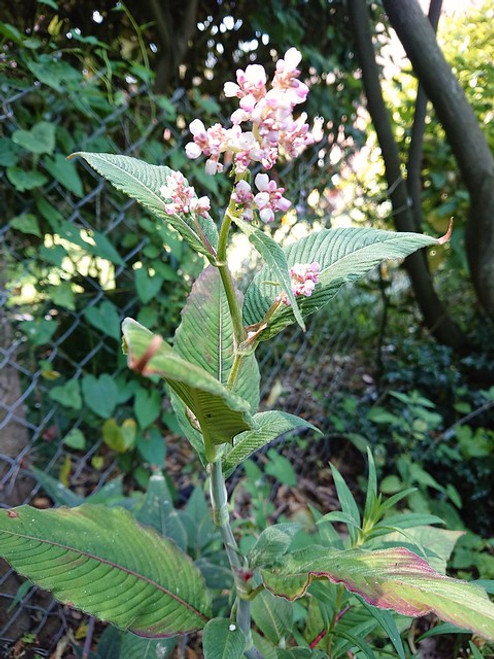Plant Overview
Very rarely offered in nurseries, this plant is quite curious and noted in the herbals of the 17th century. Each stem of normal foxglove flowers is terminated with a remarkable flower that resembles a campanula.
Beautiful as well as being a talking point in the garden.
Biennial and seeds freely in-situ to come back year after year.
Breeding experiments by Kew Gardens have shown that the terminal flower mutation in Digitalis is inherited as a simple Mendelian recessive, and can be reproduced from seed via either the peloric or normal flowers of the same plant, which are all fertile).
Easy to grow, it prefers a sunny or part-shady position and is not fussy about soil type.
Height: 90cm
Digitalis:
Bee Catchers, Dead Men's Thimbles, Fairy Bells, Fairy Fingers or, the most common name, Foxgloves. Traditionally associated with magic, fox gloves were supposedly given to the fox by fairies so he could creep silently into the chicken run. The leaves of the Digitalis family are poisonous, since they contain digitalin, a potent drug which slows the heartbeat and is still used medicinally.
Common name(s): Foxglove
Synonym: Digitalis purpurea monstrosa
Please note: Poisonous if eaten. All Foxgloves develop brown/purple markings on their leaves at various times in their life. This is physiological, perfectly normal, and not a problem.












